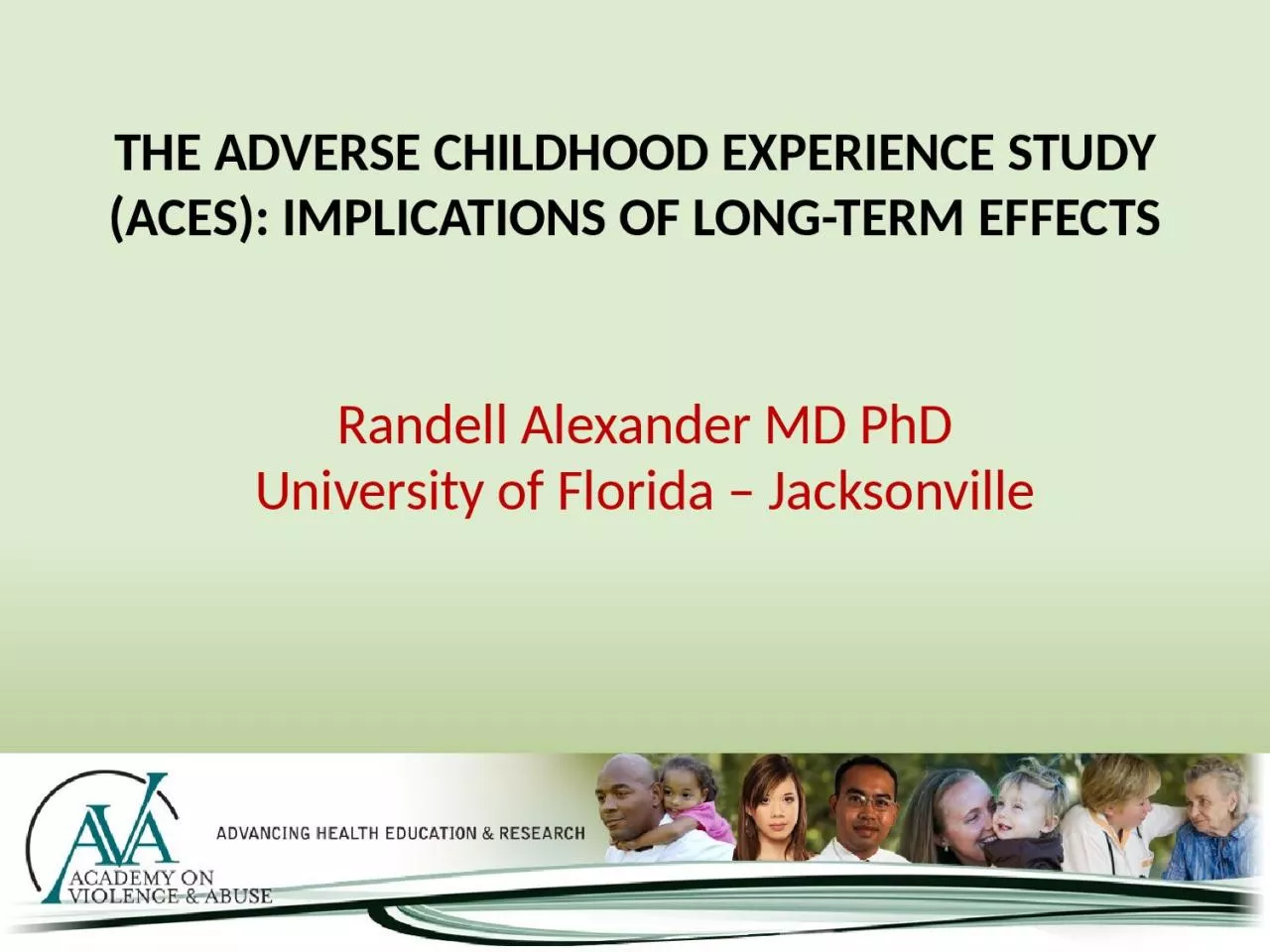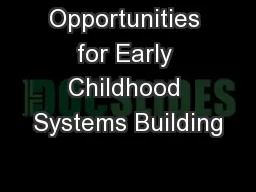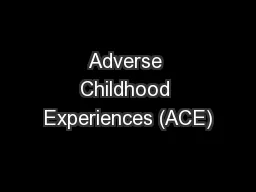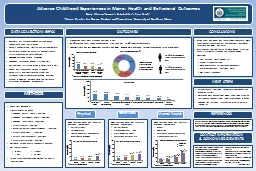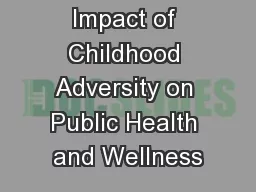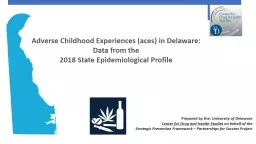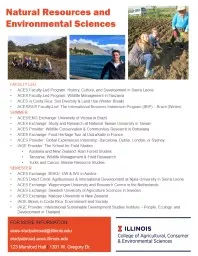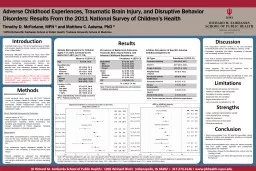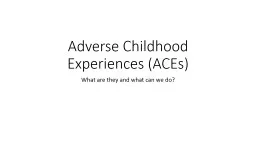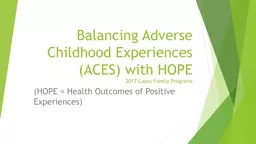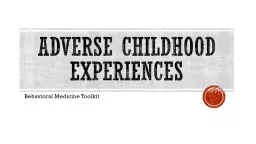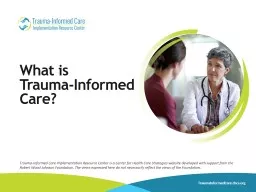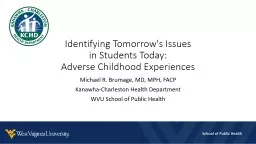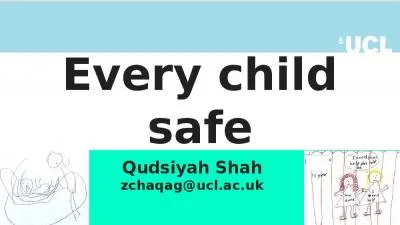PPT-The Adverse Childhood Experience Study (ACEs): Implications of Long-Term Effects
Author : victoria | Published Date : 2024-03-13
Randell Alexander MD PhD University of Florida Jacksonville USEFUL FOR NOW BUT THESE NEED TO GO AWAY CPS CPT system Trauma informed communities DV shelters Need
Presentation Embed Code
Download Presentation
Download Presentation The PPT/PDF document "The Adverse Childhood Experience Study (..." is the property of its rightful owner. Permission is granted to download and print the materials on this website for personal, non-commercial use only, and to display it on your personal computer provided you do not modify the materials and that you retain all copyright notices contained in the materials. By downloading content from our website, you accept the terms of this agreement.
The Adverse Childhood Experience Study (ACEs): Implications of Long-Term Effects: Transcript
Download Rules Of Document
"The Adverse Childhood Experience Study (ACEs): Implications of Long-Term Effects"The content belongs to its owner. You may download and print it for personal use, without modification, and keep all copyright notices. By downloading, you agree to these terms.
Related Documents

